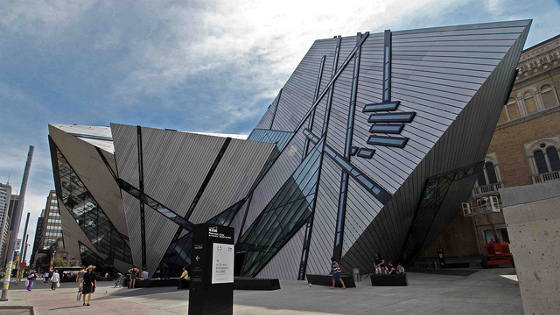A very special museum
The Royal Ontario Museum, known as the ROM, is one of Canada's premier museums with an international reputation for excellence. It houses an outstanding collection and also features major exhibitions from around the world.
A new wing made of glass was added to the traditional older building. The museum contains collections covering a great variety of periods from all over the world.

At the end of the session, you will have:
- discovered the Royal Ontario Museum.
- learnt how to express imaginary situations and their consequences using the second conditional.
- started your collaborative Google Site in groups about the city of Toronto.
Visit the official Royal Ontario Museum website and take a look at the Google Art Project at this museum. Over 300 artifacts have been captured in extraordinary detail on this Project, which allows all visitors to virtually tour the galleries and the possibility to curate their own digital collections.
Which is your favourite? Which has impressed you the most? Send a tweet with the URL of the piece of art you have liked the most. Remember to use the hashtags of this Project. Continue with your posts on Twitter (#taskadvice and #EDIAtoronto). The 'Rubric to assess a Tweet' can help you do a good job in this social network.
Remember that the Royal Ontario Museum must be part of the route on your Google Sites map.
